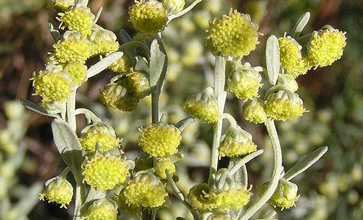Banderillas: [Cultivation, Irrigation, Care, Pests and Diseases]
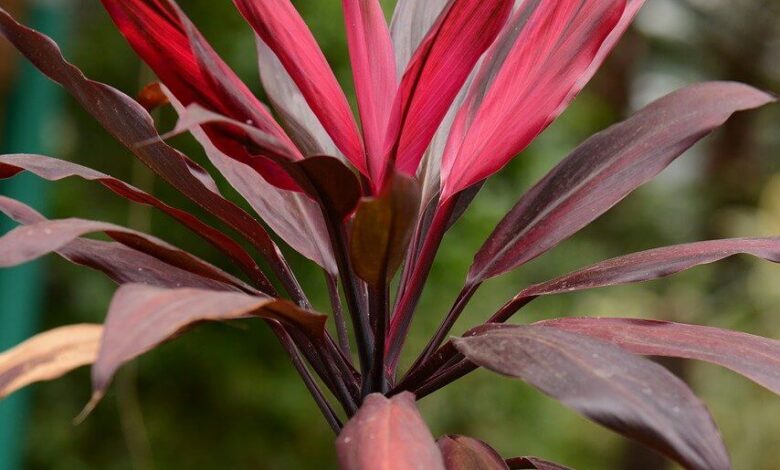
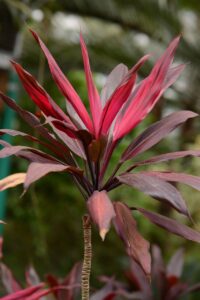 The ti plant is a plant native to the tropical regions of Asia and Oceania. It is characterized by its striking, elongated, purplish-red leaves.
The ti plant is a plant native to the tropical regions of Asia and Oceania. It is characterized by its striking, elongated, purplish-red leaves.
It is generally used as an ornamental plant. However, it also comes to be used in the field of medicine and industry.
In some areas, the roots of the banderilla are incorporated into the diet as they have a sweet taste. Also, its foliage is used to store stored food and cover the roofs of houses.
Although the banderilla is not native to Hawaii, it is frequently used to make the hula, a typical skirt used in traditional dances.
- Scientific name: Cordyline fruticosa.
- Common name: banderilla, dracaena, red palm,lucky tree , red cordyline, cordiline, dracena.
- Height: 30 centimeters to 3 meters.
- Light requirement: direct light and semi-shade.
- Temperature: Warm and temperate climates (20ºC to 25ºC).
- Irrigation: Moderate.
- Fertilizer : Organic fertilizer.
What characteristics does the flag have?
As the plant grows, the stem lengthens at the same time that it loses basal leaves. Banderilla leaves are grouped in a spiral around the stem. They come to have different colors and shades such as brown, pink, purple and green. Greens tend to have better resistance to shade.
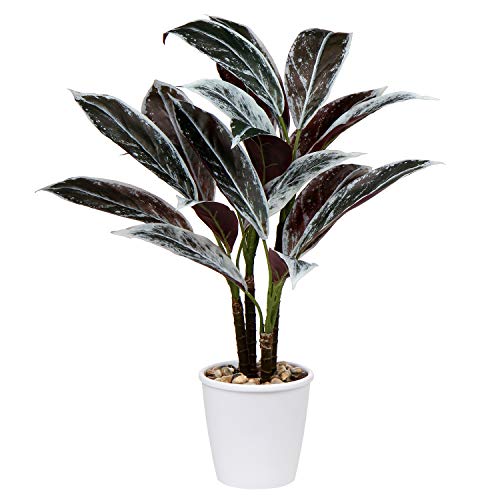
The flowers of the banderilla are aromatic, white with pink and reddish tints. They are grouped in bouquets or long and clustered star-shaped inflorescences. These sprout only on mature plants. The fruits are small fleshy, wine-colored berries grouped in clusters. Inside they keep 3 seeds .
When to sow the flag?
Where to plant the flag?
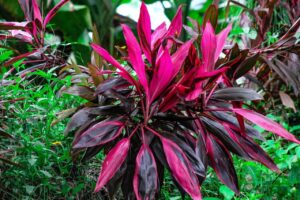 The flag is set in hot and humid climates, where the temperature is kept between 20 and 25, the optimal range for this plant culture.
The flag is set in hot and humid climates, where the temperature is kept between 20 and 25, the optimal range for this plant culture.
The cordiline not tolerate temperatures below 16ºC, or those over 30. For this reason, it is advisable to sow them in a place where temperatures remain warm and stable, away from strong air currents.
Likewise, it should be located in places where it receives direct sunlight during the first or last hours of the day, or, in well-lit places, in semi-shade.
The flag is a plant that turns out to be very attractive in open spaces. It can be used in the garden, in large groups at the foot of trees, or to define borders. Moreover, it can be kept inside the home or office, in pots.
How to prepare the land?
The flag is best grown in deep soils, well drained and with good aeration. It is recommended to sow them in substrates rich in organic matter, with a pH of 6.5 to 7. These are usually composed of a mixture of compost , peat and perlite, in equal parts.
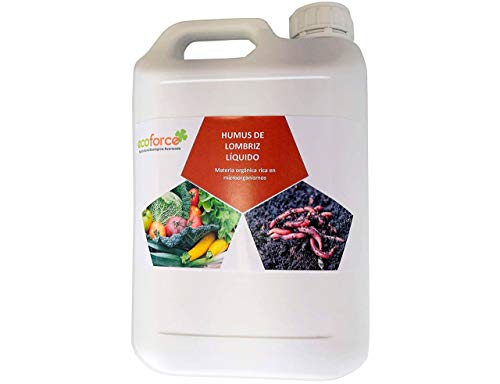
It is possible to improve the land by applying any type of fertilizer during spring and summer . This fertilizer can be humus or mature manure , or liquid fertilizer that must be applied during irrigation.
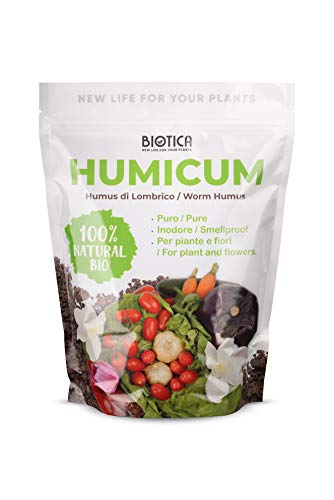
How do we water the flag?
Due to the above, irrigation must be done sporadically and deeply, allowing the substrate to dry for a few days before applying it again.
How often do we water the flag?
The frequency of irrigation will depend on aspects such as the climate and the place where the plant is. It is recommended to water twice a week during spring and summer; 1 time a week during the winter .
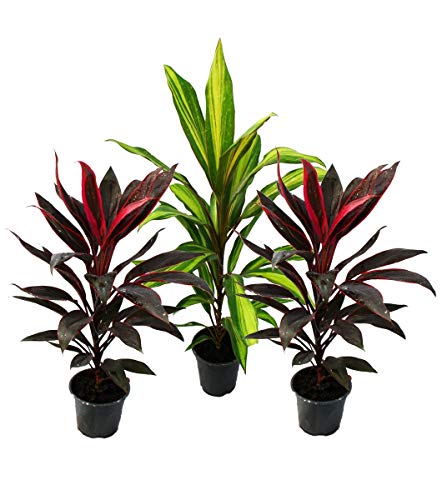
If it is in pots, watering should be applied more frequently until the substrate is sufficiently moistened.
How to sow a flag step by step?
The flag is usually grown asexually through cuttings and tillers. Instructions for growing them by these two methods are shared below.
By cutting
- Cut a 5 to 10-centimeter-long section from the stem of a mature plant. This should be done with a sharp, clean and disinfected instrument to avoid infection.
- It is recommended to apply rooting hormones to speed up the process, however it is not a required step.
- Place the cutting in a pot with fertile, moist and well-drained substrate. Keep it in a warm place for 10 months, until new shoots grow.
- Let the plant establish before planting in its final place.
By hijuelos
- Choose a mature plant that has one or two clumps, or suckers, on the sides.
- Remove it from the ground, or from the pot, and immerse the root ball in water; this step will loosen the substrate between the roots.
- Gradually remove the soil and carefully separate the roots of each specimen.
- Once the plants have divided, transplant into a pot with new substrate, which has twice the size of the root system.
- Add the substrate to cover the roots of the plant; press well and water lightly.
What care does the flag need?
The flag is a species that does not require excessive care. Among the fundamental cares is to water properly, without scarcity and without flooding, as well as protecting it from low temperatures.
It is also necessary to remove the dry leaves of the plant as it grows. It is important to remove them to prevent the accumulation of bacteria on the stems and on the substrate.
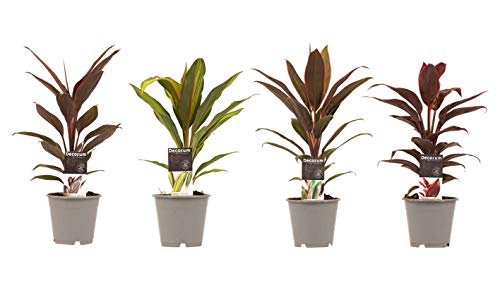
On the other hand, if it is in a pot, it is important to transplant it as soon as there is no longer enough space for the roots. This can be done by choosing a larger pot and filling it with organic substrate.
What pests and diseases affect the flag?
The banderilla is susceptible to the attack of some species such as the red spider , the cottony mealybug, thrips and aphids.
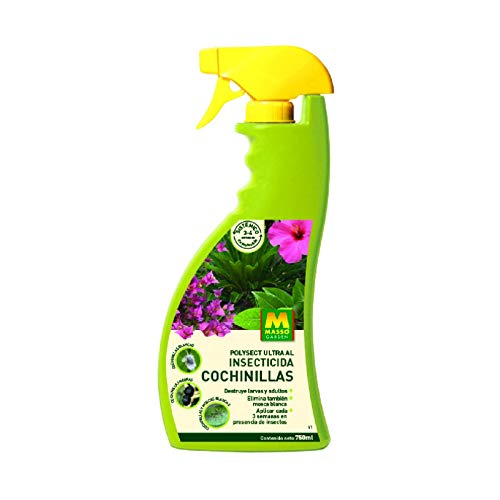
They can also be affected by fungal diseases caused by Colletotrichum and Phytophthora fungi.

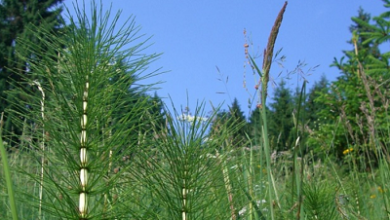
![Photo of How to Plant Pothos in your House: [Tips and Complete Guide]](https://www.complete-gardening.com/wp-content/uploads/2022/08/how-to-plant-pothos-in-your-house-tips-and-complete-guide-390x220.jpg)
